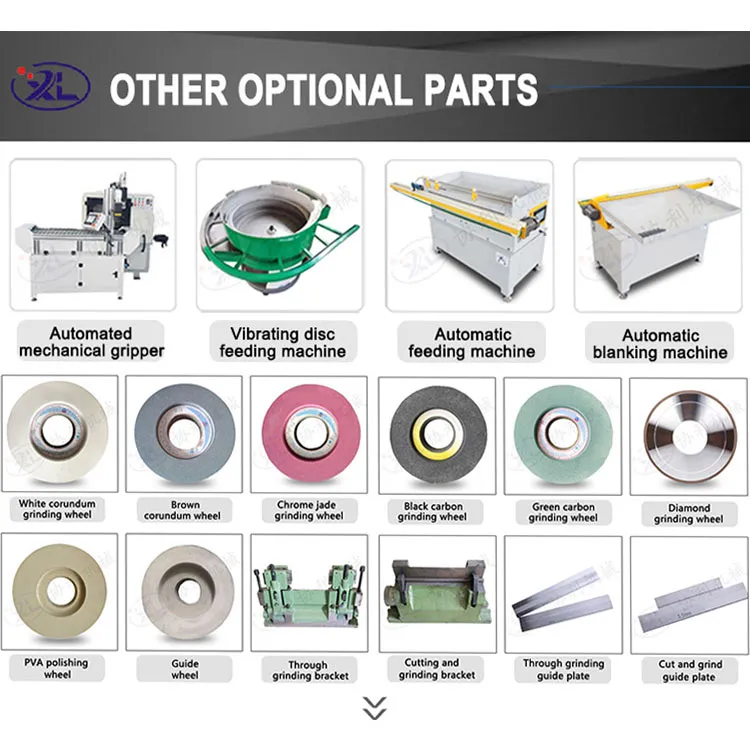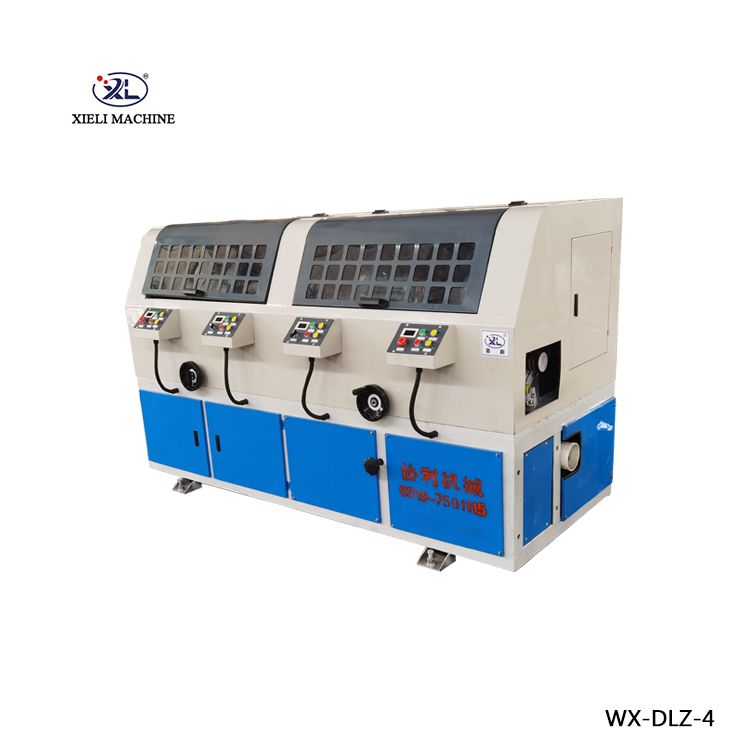Understanding Centerless Grinding Machines Revolutionizing Precision Machining
In the world of manufacturing, precision is paramount. Whether it be for automotive parts, aerospace components, or intricate medical devices, the need for accurate dimensions and high-quality finishes is a constant demand. One of the most effective methods for achieving these stringent requirements is through the use of centerless grinding machines. This article will explore the mechanics, applications, advantages, and limitations of centerless grinding technology, providing insights into its vital role in modern machining processes.
What is Centerless Grinding?
Centerless grinding is a machining process that involves the grinding of materials without the need for a supporting fixture. Unlike traditional grinding methods that use a center-mounted workpiece, centerless grinding relies on the support of a work rest blade and a regulating wheel that aids in the alignment and positioning of the workpiece. The basic principle involves three main components the grinding wheel, the regulating wheel, and the workpiece, which is placed between them. The grinding wheel is rotated while the workpiece is propelled along the feed direction, allowing for efficient material removal.
How Does Centerless Grinding Work?
The operation begins with the workpiece being fed into the grinder, typically at an angle. The regulating wheel, which has a slower rotational speed than the grinding wheel, is positioned at a specific angle to control the rotation of the workpiece. As the grinding wheel removes material from the workpiece, the regulating wheel advances the workpiece along its axis. This simultaneous action eliminates the need for centers and significantly enhances the production of cylindrical shapes.
The choice of grinding wheel and regulating wheel material, coupled with the speed and feed rates, can be adjusted based on the type of material being machined and the desired finish, making centerless grinding exceptionally adaptable and precise.
Applications of Centerless Grinding
Centerless grinding machines are incredibly versatile and are employed in various industries for different applications
. The most common uses include1. Manufacturing of Precision Components This technology is widely utilized for producing high tolerance cylindrical parts such as shafts, pins, and bolts, which are vital for automotive and machinery applications.
centerless grinding machine

2. Medical Device Production Due to the stringent requirements for precision and cleanliness, centerless grinding is extensively used to produce medical implants and surgical instruments.
3. Aerospace Engineering Parts such as turbine blades and other aircraft components benefit from the accuracy offered by centerless grinding processes, ensuring both safety and performance.
4. Automotive Industry The automotive sector uses centerless grinding to produce engine parts, transmission components, and other critical elements requiring tight tolerances.
Advantages of Centerless Grinding
One of the primary advantages of centerless grinding is its ability to produce high volumes of parts rapidly and efficiently. This process allows for continuous production, minimizing downtime and leading to higher throughput.
Additionally, since the workpiece does not require additional fixtures or centers, there is a reduction in setup time and complexity, leading to lower production costs. Centerless grinding also tends to produce superior finishes and tolerances compared to traditional grinding methods, making it ideal for precision applications.
Limitations of Centerless Grinding
Despite its numerous advantages, centerless grinding is not without its challenges. The most notable limitation is the dependence on the size and shape of the workpiece. Centerless grinding is optimal for cylindrical parts but faces difficulties with irregularly shaped items. Additionally, the machine setup requires a level of expertise to ensure that the parameters are well-tuned for the specific material being worked on, which can vary between jobs.
Conclusion
Centerless grinding machines have become a cornerstone in the field of precision machining. With their ability to offer high efficiency, superior tolerances, and adaptability to various applications, they play a critical role in manufacturing industries around the globe. As technology continues to evolve, we can anticipate further advancements in centerless grinding methods, enhancing capabilities and pushing the boundaries of precision engineering. Whether in automotive, aerospace, or medical devices, the impact of centerless grinding will undoubtedly remain significant for years to come.





